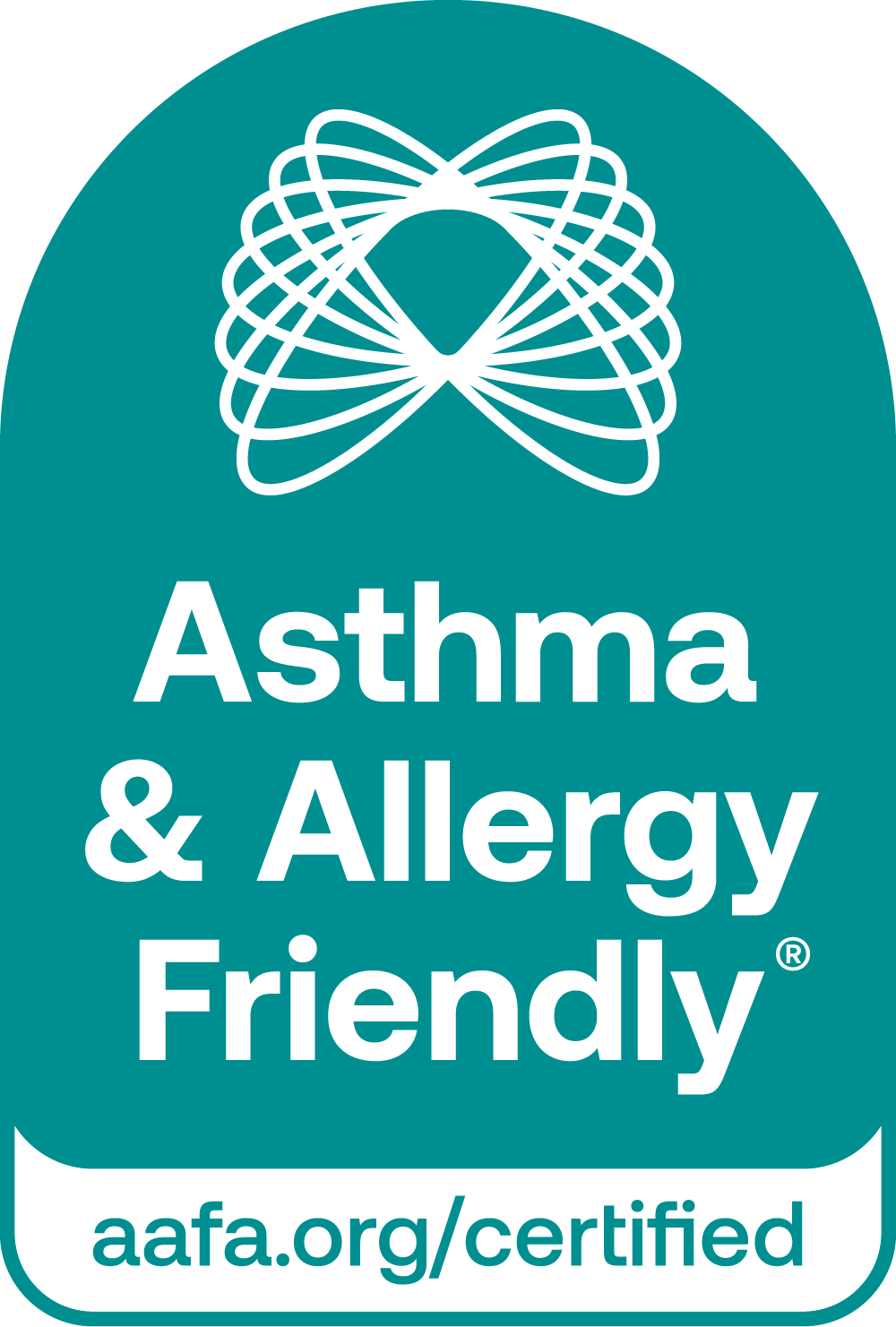 These microscopic bugs and their droppings are a common household allergen that can be found in bedding, mattresses, upholstered furniture, and curtains—anywhere moisture and dead skin cells collect. Pillows, though, are one of their favorite homes.
These microscopic bugs and their droppings are a common household allergen that can be found in bedding, mattresses, upholstered furniture, and curtains—anywhere moisture and dead skin cells collect. Pillows, though, are one of their favorite homes.
“Over time, hair, dead skin cells, sweat, and drool build up on the pillow,” says Neil Kao, M.D., an allergist-immunologist in Greenville, S.C.
The result is a smorgasbord for dust mites but bad news for you.
“Dust mite debris can trigger allergies and asthma,” says Melanie Carver, vice president of community health at the Asthma and Allergy Foundation of America (AAFA). Symptoms can range from itchy eyes and runny noses, some of which can be remedied by over-the-counter medication, to difficulty breathing and sleeping, according to the American Lung Association.
“For people with dust mite allergy and asthma, reducing exposure to dust mites is an important part of their allergy or asthma management plan,” Carver says.
A pillow protector that’s Certified by the AAFA to reduce dust mites can help.
